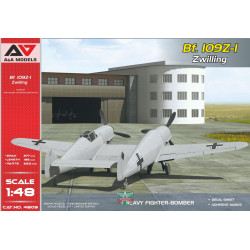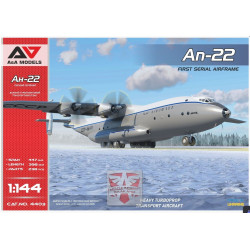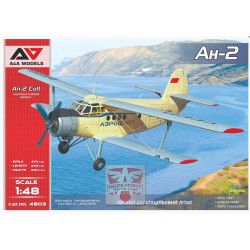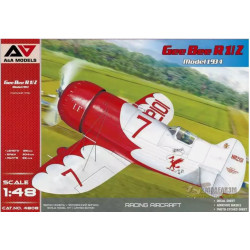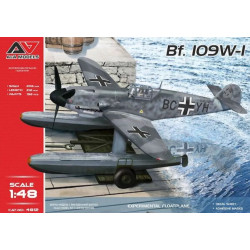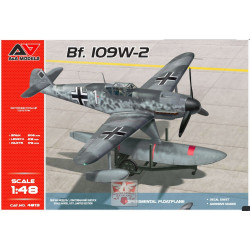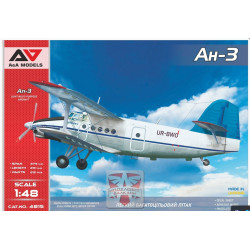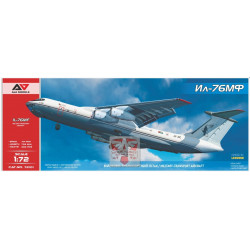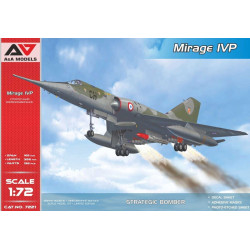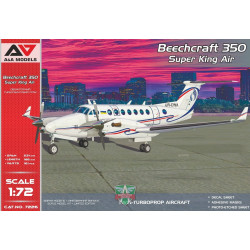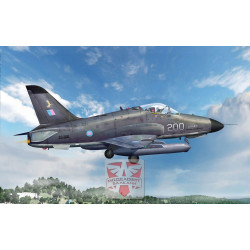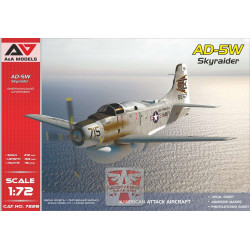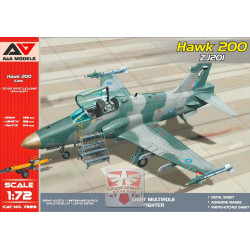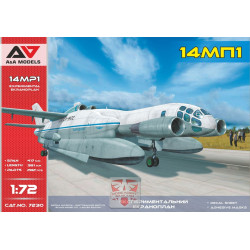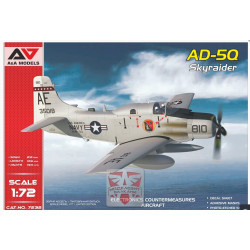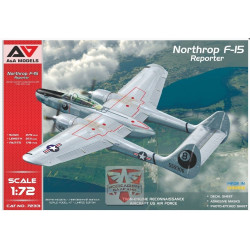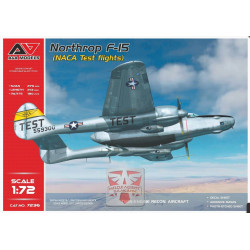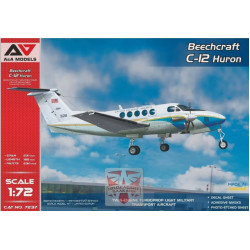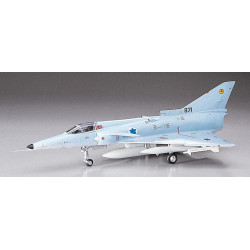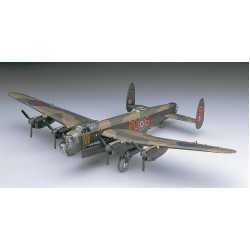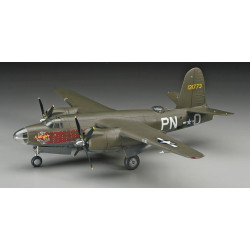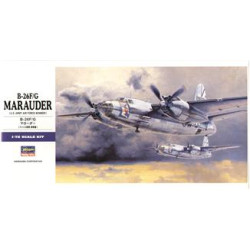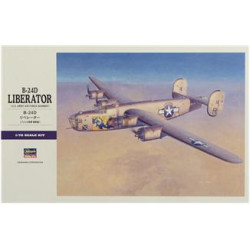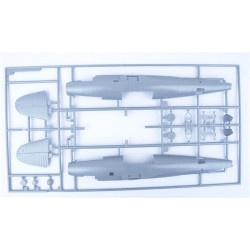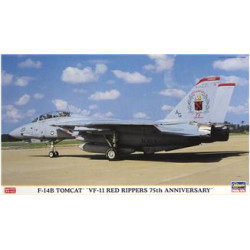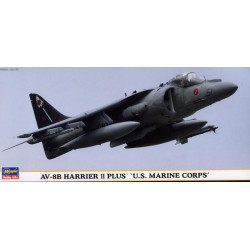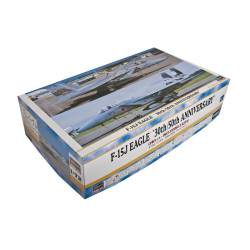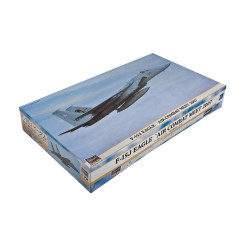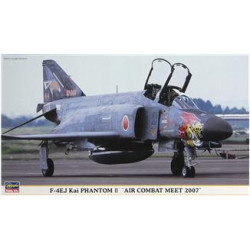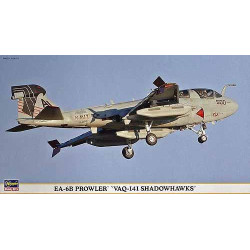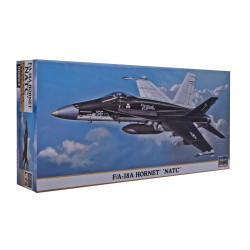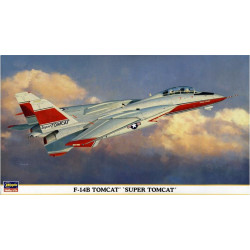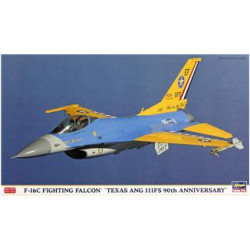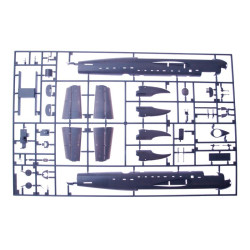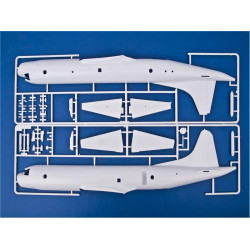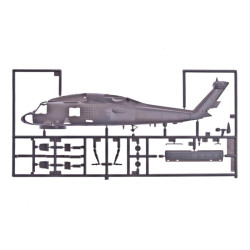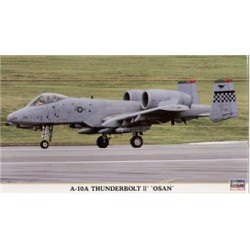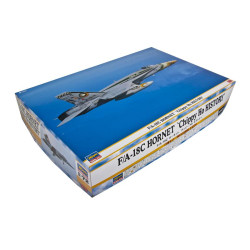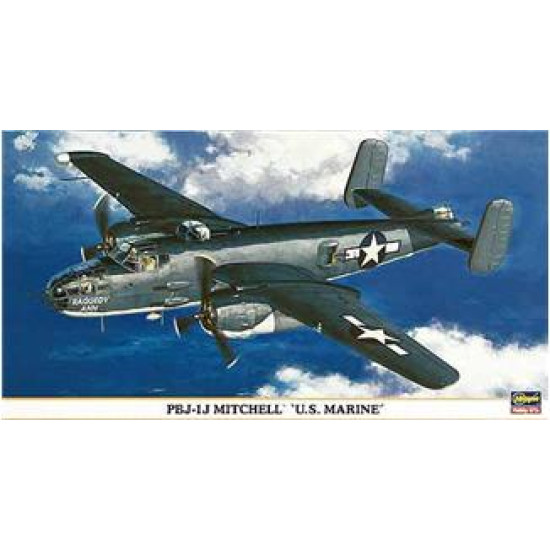
PBJ-1J Mithell "US Marines"
1/72 Aircrafts, Planes
Hasegawa 00866
Manufacturer: Hasegawa
Scale: 1/72
Material: Plastic
Paint: Unpainted, Unassembled, Kit do not contain paints and glue.
Condition: New in Box
The North American B-25 Mitchell was an American twin-enginedmedium bomber manufactured by North American Aviation. It was used by many Allied air forces, in every theater of World War II, as well as many other air forces after the war ended, and saw service across four decades.
The B-25 was named in honor of General Billy Mitchell, a pioneer of U.S. military aviation. By the end of its production, nearly 10,000 B-25s in numerous models had been built. These included a few limited variations, such as the United States Navy's and Marine Corps' PBJ-1patrol bomber and the United States Army Air Forces' F-10 photo reconnaissance aircraft.The B-25 was a descendant of the earlier XB-21 (North American-39) project of the mid-1930s. Experience gained in developing that aircraft was eventually used by North American in designing the B-25 (called the NA-40 by the company). One NA-40 was built, with several modifications later being done to test a number of potential improvements. These improvements included Wright R-2600 radial engines, which would become standard on the later B-25.
In 1939, the modified and improved NA-40B was submitted to the United States Army Air Corps for evaluation. This aircraft was originally intended to be an attack bomber for export to the United Kingdom and France, both of which had a pressing requirement for such aircraft in the early stages of World War II. However, those countries changed their minds, opting instead for the also-new Douglas DB-7 (later to be used by the U.S. as the A-20 Havoc). Despite this loss of sales, the NA-40B re-entered the spotlight when the Army Air Corps evaluated it for use as a medium bomber. Unfortunately, the NA-40B was destroyed in a crash on 11 April 1939. Nonetheless, the type was ordered into production, along with the army's other new medium bomber, the Martin B-26 Marauder.The majority of B-25s in American service were used in the Pacific. It fought on Papua New Guinea, in Burma and in the island hopping campaign in the central Pacific. It was in the Pacific that the aircraft’s potential as a ground-attack aircraft was discovered and developed. The jungle environment reduced the usefulness of standard-level bombing, and made low-level attack the best tactic. The ever-increasing amount of forward firing guns was a response to this operational environment, making the B-25 a formidable strafing aircraft.
In Burma, the B-25 was often used to attack Japanese communication links, especially bridges in central Burma. It also helped supply the besieged troops atImphal in 1944.
In the Pacific, the B-25 proved itself to be a very capable anti-shipping weapon, sinking many ships. Later in the war, the distances between islands limited the usefulness of the B-25, although it was used against Guam and Tinian. It was also used against Japanese-occupied islands that had been bypassed by the main campaign, as happened in the Marshall Islands.The B-25 first gained fame as the bomber used in the 18 April 1942 Doolittle Raid, in which 16 B-25Bs led by Lieutenant Colonel Jimmy Doolittle attacked mainland Japan, four months after the bombing of Pearl Harbor. The mission gave a much-needed lift in spirits to the Americans, and alarmed the Japanese who had believed their home islands were inviolable by enemy forces. Although the amount of actual damage done was relatively minor, it forced the Japanese to divert troops for the home defense for the remainder of the war.
The raiders took off from the carrier USS Hornet and successfully bombed Tokyo and four other Japanese cities without loss. Fifteen of the bombers subsequently crash-landed en route to recovery fields in Eastern China. These losses were the result of the task force being spotted by a Japanese vessel forcing the bombers to take off 170 mi (270 km) early, fuel exhaustion, stormy nighttime conditions with zero visibility, and lack of electronic homing aids at the recovery bases. Only one B-25 bomber landed intact, in Siberia where its five-man crew was interned and the aircraft confiscated. Of the 80 aircrew, 69 survived their historic mission and eventually made it back to American lines.
B-25 Mitchell
A B-25C Mitchell in 1942
Role
Medium bomber
Manufacturer
North American Aviation
First flight
19 August 1940
Introduction
1941
Retired
1979 (Indonesia)
Primary users
United States Army Air Forces
Royal Canadian Air Force
Royal Air Force
United States Navy
Number built
9,984
Developed from
XB-21
Developed into
North American XB-28
| General Product Info | |
| Material | NOT SET |
| Scale | 1/72 |
| Type | NOT SET |
We have the lowest worldwide shipping. And it's totally simple.
EUROPE, USA, CANADA TURKEY, ISRAEL, EGYPT, UE CHINA, JAPAN, HK, S.KOREA | AU NZ MX South America, Asia | |
| Order weight up to 0.22kg or 0.48lb | US$ 8.90 | US$ 8.90 |
| Order weight up to 0.44kg or 0.97lb | US$ 13.95 | US$ 17.90 |
| Order weight over 0.44kg or 0.97lb | US$ 19.99 | US$ 29.99 |
| Order total over $150 | FREE | PROMO US$ 19.99 |
Shipping to some countries not qualifies for the free shipping option but costs not over $29.99 for any sized order. Sorry for that, your location is too far.
- Stock: Out Of Stock
- Model: HA00866
- Weight: 0.59lb
- DATE ADDED: 08/04/2014
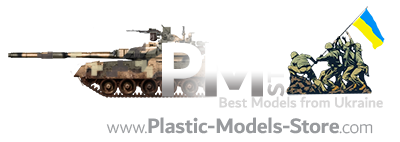



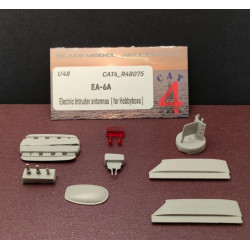



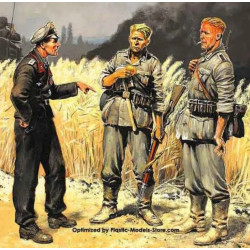



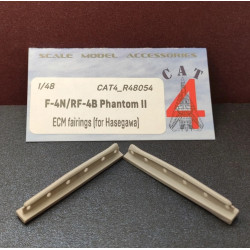
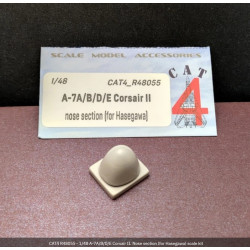

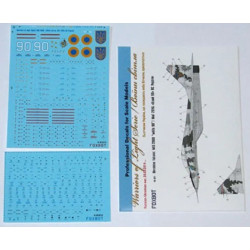

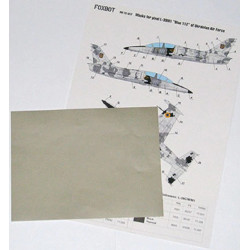
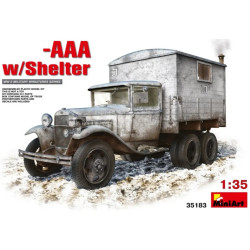
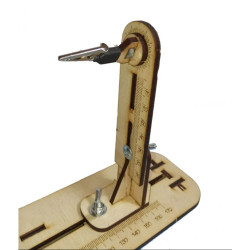

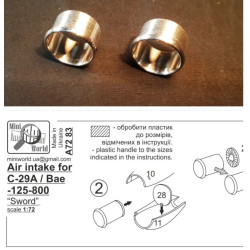
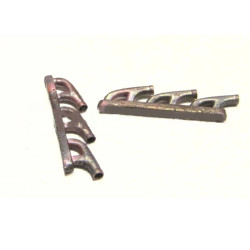
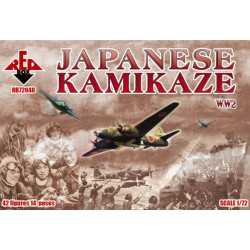








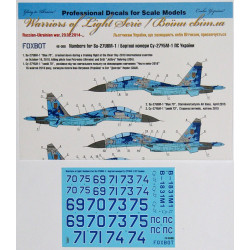
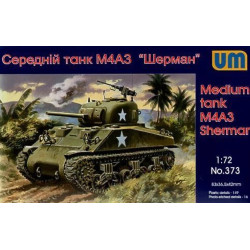









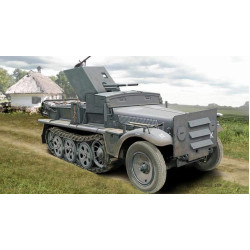
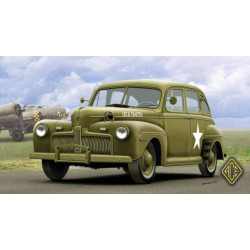
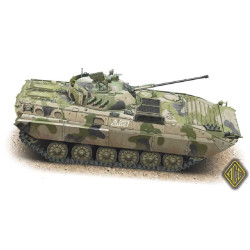
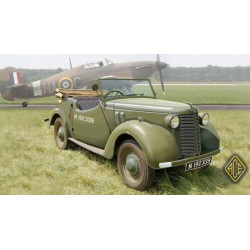
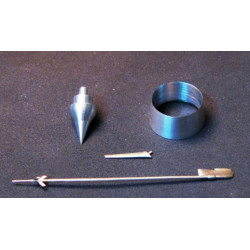


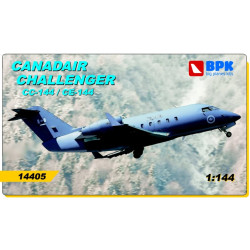
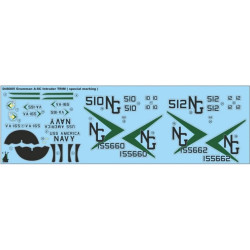

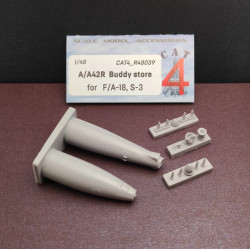

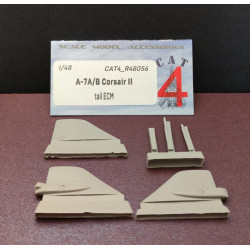
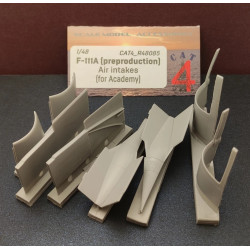
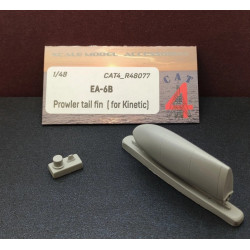
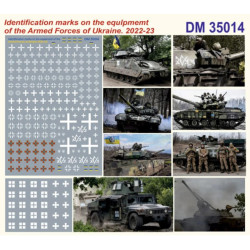
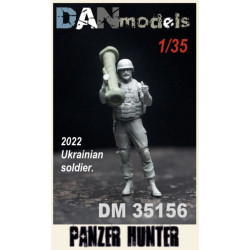


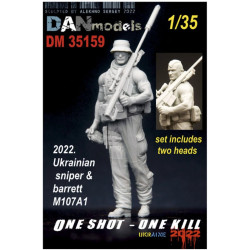
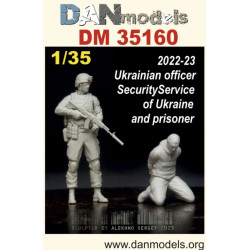
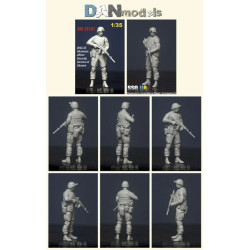

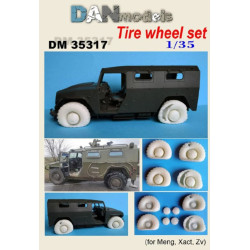

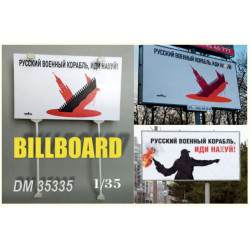
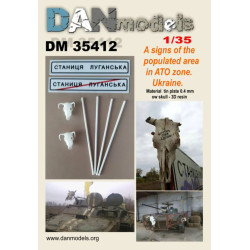


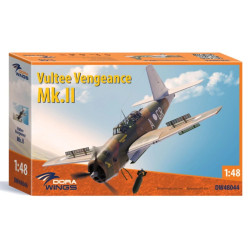

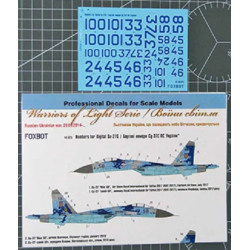

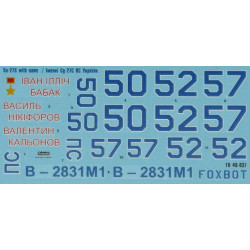

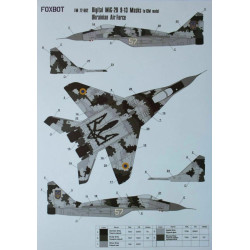
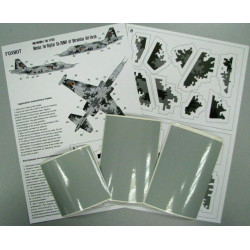




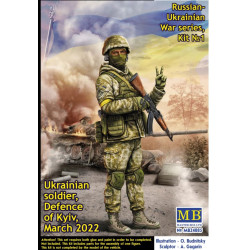
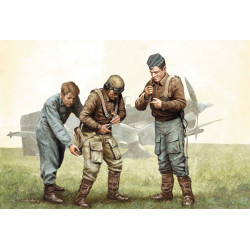

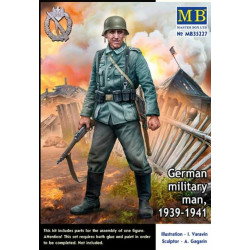
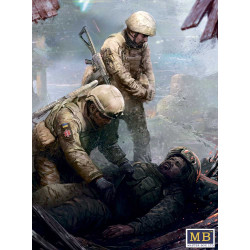











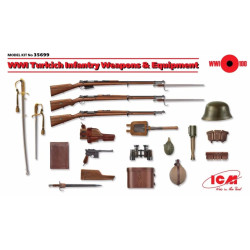
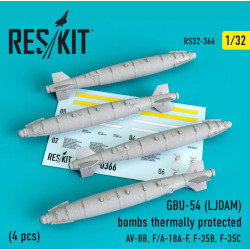
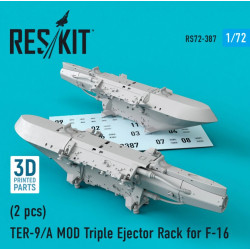










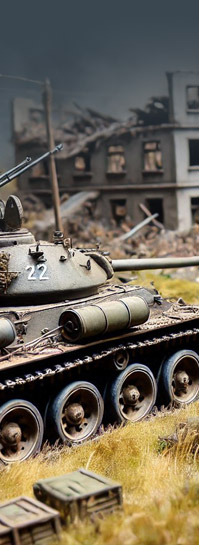

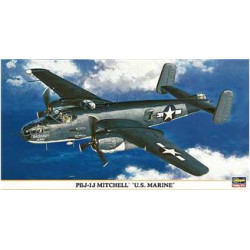
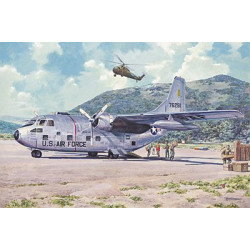
-250x250w.jpg)

